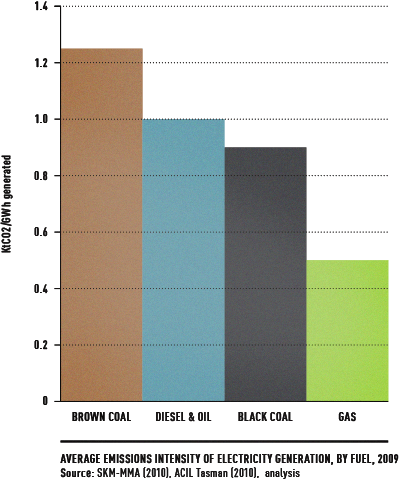24 Apr 2014

Today’s release of the Emissions Reduction Fund (ERF) White Paper provides some welcome information on the ERF’s design, but further consultation and refinement to key design features will be vital to ensure emissions reductions take place at least cost.
The upstream oil and gas industry is currently investing more than $200 billion in new projects across the Australian economy. In 2012, these new projects created more than 100,000 new jobs across the Australian economy.
By 2020, the sector’s economic contribution to the national economy is projected to more than double to $65 billion and its taxation paid will rise from $8.8 billion to reach almost $13 billion.
Australia’s national climate change policy approach, including the ERF, must recognise the enormous economic and greenhouse benefit that can flow from a prosperous and vibrant upstream oil and gas industry.
Further consultation, and the consideration of refinements to the positions set out in the White Paper, is therefore necessary.
In particular, in the period to 1 July 2015, consultation will be crucial to implementing a number of the ERF’s features that are of key importance to continuing the growth of one of Australia’s economic success stories:
- Setting emissions baselines: the proposal to set the emissions baseline on the highest level of reported emissions for a facility over the historical period 2009-10 to 2013 14, must be further refined to ensure that variability in emissions, particularly variability that sees emissions grow over time, can be accommodated in these baselines.
- Treatment of new investments: with $200 billion of investment underway and a possible additional $180 billion in further investment under consideration, the treatment of new investments is of vital concern to the industry. Any proposal to use a ‘best practice’ approach must be treated with caution. It is far more appropriate to treat these investments in the same way as existing investments by setting a baseline once an appropriate time series of data is available.
- Compliance arrangements: the industry welcomes the White Paper’s focus on flexible compliance arrangements and the consultation arrangements set out in the paper.
Australia has substantial natural gas resources. Developing these resources for domestic use as well as export can provide significant national economic and social benefits.
The relatively low-cost emissions abatement opportunity offered by the increased use of natural gas means that developing these resources can also deliver significant environmental benefits.
In order to realise these benefits, APPEA will continue working with the Australian Government on further development of the ERF to enhance Australia’s international competitiveness as a destination for oil and gas investments.
Media Contact

